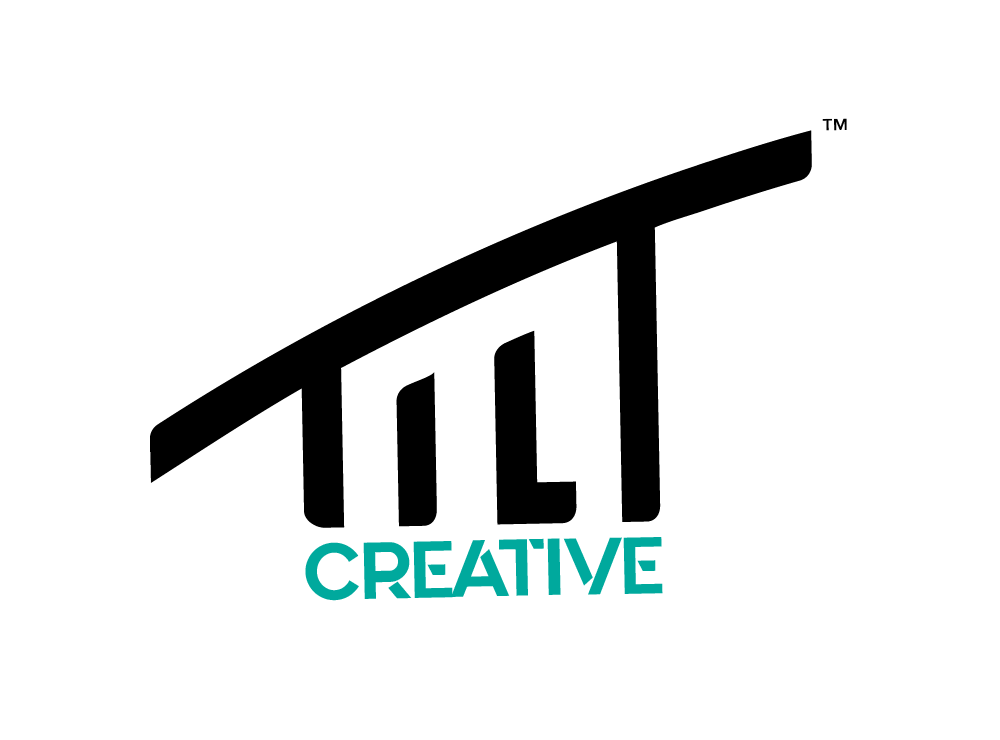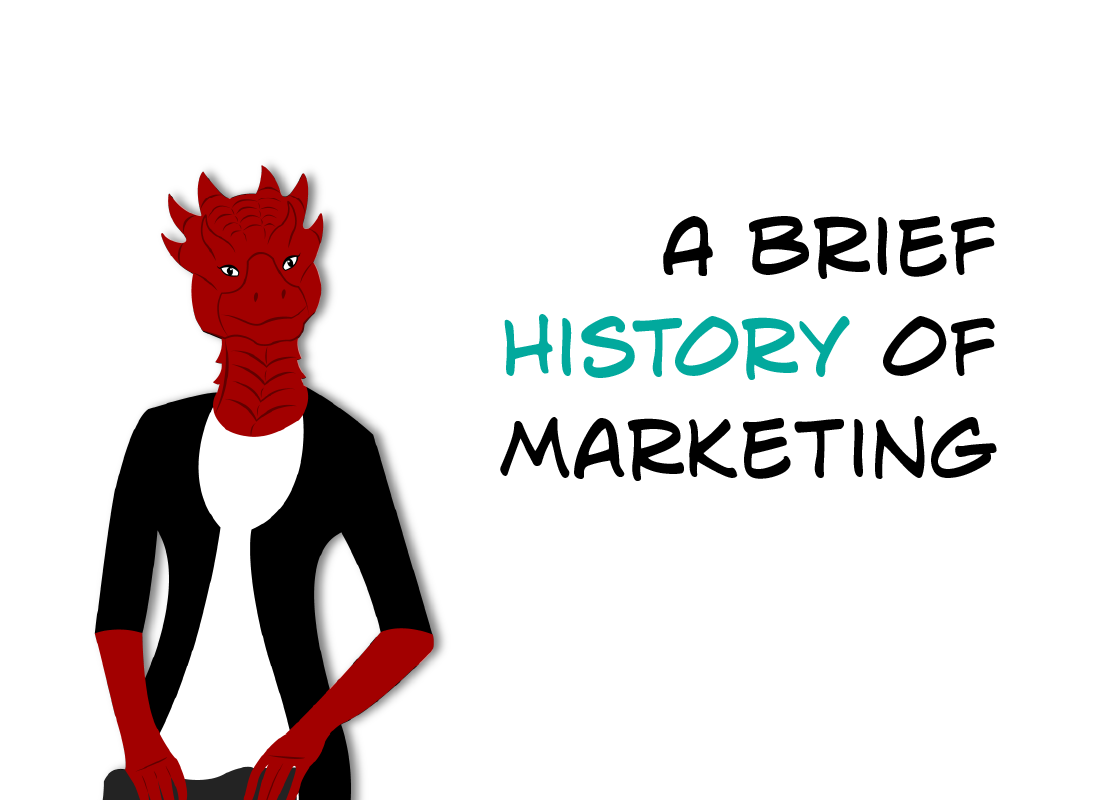Two different types of people think about marketing, marketers and non-marketers, and they think about it very differently. Non-marketers, or normal people, bundle marketing, sales, advertising, branding and everything related all into one, which is one way of looking at it, and for the purpose of this article, we will use this grouping method. Marketers, us abnormal crazy folk, see marketing with all its nuance and moving parts, like an interconnected network of standalone segments that work together to form an unstoppable machine. Yep, total cray-cray over here.
But marketing today is this incredible network of moving parts and they do all work together to build a brand. From branding to social media, email marketing to content marketing, print ads to display banners; they are all connected and while one can work with another, they cannot carry the weight of a campaign alone.
How did we get here? To this compounded ever-changing web of confusion? Let’s take a walk through time to see how it all unravelled..
Ancient Marketing
We have been marketing for as long as we have been selling. People knew the quality of certain merchants by name, and some merchants even created a stamp for their products to ensure that the person using it knew where it came from. The earliest proof of branding was dated in 35BC Pompeii, but many academics believed that it could have begun as early as 1500BC! So marketing could have been around longer than some religions… Now that is interesting!
The Founding Principles
While we have had marketing around for a long time, it wasn’t until the 1900s that we identified it as a tool for business in its own right. This meant that it needed to be organised, formulated, meticulous and syllabised for academia. The founding principles of marketing, known as the four P’s or the marketing mix (product, price, place and promotion) was established and marketing had its own space officially.
The Golden Era of Advertising
When you think about the golden era of advertising, you think about Mad Men. The ad men of the 30’s through to the 60’s were really something. The world was literally at their feet and they loved every moment of it. This is the pinnacle of the ad agency world, and it’s unlikely we will ever see anything like it again. Agencies were churning out blockbuster ad after ad in print and radio, and the introduction of television only made this even more exciting. TV was the start of the decline of the print industry, but it opened up an much more immersive and interactive form of advertising and marketing. Suddenly, it wasn’t just a photo of a classic housewife with the latest vacuum, it was a whole video about it with her showing you how it worked. It was magical.
The Dawn of the Internet
If we thought television shook things up, the internet just imploded the whole show. The computer age brought itself to nearly every household in the western world in the 90s, leading a new type of revolution in marketing. Once the internet became readily accessible and computers were connected across the globe, there was another big shift for marketing. No longer were marketing campaigns the usual print/radio/tv/outdoor strategy as they once were. They were now about to become much more sophisticated. Downloadable content and email marketing spurred the introduction of infographics, blogs, white papers and more. Banner advertising became a huge business and soon, every high traffic website was making a tidy profit from ads circulating all over their web pages. But still, we had no idea what was about to completely change our lives.
The Proliferation of Social Media
In 2004, we didn’t know it, but our lives were about to change. The introduction of Facebook to the world changed the way we communicated on the whole. While instant messaging, like AOL and MSN messenger, and social media networks, like MySpace and Twitter, already existed, Facebook brought the magic of community and communication together in an interesting way that worked. It was huge. We connected with friends and family, joined groups for literally everything under the sun, and even got our news there too. It opened the door for marketers to reach millions of people overnight, and for a while, it was the best thing to have ever happened to the marketing industry. Then came along the ad manager and organic views plummeted, leaving room only for “viral content”, which encouraged this new thought pattern of doing virtually anything for likes.
When technology takes the wheel
Television rocked the print industry but opened new doors to motion content for marketing. The introduction of the internet lead to the dot com boom of the 90s. Social media didn’t really take off until smartphones gained popularity. Technology seems to be the driving force behind marketing’s evolution from the quaint print ads of the 20’s to the provocative ads we see online today. Without the drive of technology, marketing would remain stagnant and we would not have the world we are privileged to live in today. Like anything, there are some downsides. Social media married to smartphone technology offers a world of distraction, often leading us away from our focus and drawing more people into depression. Social media networks and search engines have used our data to target ads in ways that we are only now understanding, violating our privacy rights.
But it’s not all sad and gloomy! Artificial intelligence can offer a new way of marketing, allowing companies to use different ways to get our attention. As it stands, we already use machine learning to crunch massive amounts of data to generate reports it would previously take weeks to develop. When technology steps in, it creates new methods of thinking and challenges us to reach new heights. Just imagine what our future could look like with AI at the forefront of marketing, with smart cars, homes, trains and offices, offering an experience that we can control based on our tastes, or maybe even completely opt out. At this point, it’s anyone’s guess as to the future of marketing. But something tells us that if it can survive potentially over 3500 years, then there is some interesting marketing evolution in our future.
About TILT Creative Agency
TILT Creative is a UK based creative agency specialising in content creation and managed solutions for blogs, websites, branding and social media. Désiré, the chief writer, artist and strategist behind TILT Creative Agency, has worked with a variety of clients (from startups to luxury brands) across all kinds of industries (such as automotive, beverage, construction, oil and gas, tourism, and health and safety) all over the world, including the United Kingdom, Dubai, Africa, America and the Caribbean.
TILT Creative’s core philosophy is to change the perspective, or ‘tilt’ it. How can you TILT your business? Could it be a brand refresh, a better experience on your website, or perhaps a stronger blog strategy? Maybe writing a book on your expertise could skyrocket your company’s credibility and revenue?
Désiré’s work quality stems from her ability to infuse your brand’s story with the essence of abstract creativity, and disseminate a unique experience that stimulates the senses to your customers on an individual level, while meeting your business’ objectives. Her comprehensive research process, attention to detail, and pursuit of perfection embellishes every piece of her work: writing and design. The results are always favourable.
Ready to TILT your business? Find out more at www.TILTcreative.agency or send an email to [email protected].

